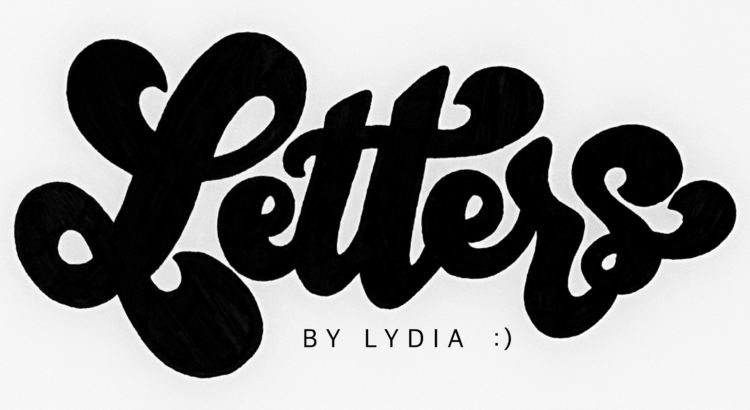Hey y’all! Since Valentine’s Day is coming up, I thought it’d be fun to give some ideas for anyone looking to make valentines for their loved ones. I know a lot of people don’t like Valentine’s day because it can be really tough when you’re single, but I’ve always loved it because I have so much fun making cute little valentine’s for all my friends! It’s like a crafter’s dream holiday, getting to sit down with washi tape, fun paper, stickers, pens, and make cards for the people you love.
Anyway, here are some different styles for lettering I thought fit the Valentine’s aesthetic:



A fun ribbon font always looks good, and you can’t go wrong with doing conversation hearts! For the last one, I just thought it’d be cute to do something a little more structured but still fun and with lots of red and pink. I’m always happy to do tutorials on different types of lettering like this too, if anyone is ever interested 🙂
As for general guidelines for making Valentine’s cards, I honestly feel like you can never overdo it. I love to go all out with glitter, lace, bright colors, stickers, etc. Even if you don’t want to go that route, basics like pastels, hearts, red and pink, and all that cute stuff never fails. I also love doing puns (Love you a waffle lot, olive you, etc etc), cute little drawings, and inside jokes because that makes the cards more personal and heartfelt. As for little drawings and extra things to add, you can always do candy, hearts, bows, flowers, roses, and literally anything you think the recipient would like 🙂 Here’s a few little doodles I came up with:

I hope this made you excited to make some cards for your loved ones if you’re so inclined! Either way, have a great week and enjoy your Valentine’s Day next week! <3

















 As I’m sure you’ve all realized by now, the size of my pen collection is a bit absurd, and definitely not the most conducive to college housing. I had to leave a lot behind when I came to school, so whenever I go home, I get really excited to use them all again. I have a lot at home right now, and a little more room than I thought I would for pens, so I thought it would be fun to show you guys how I went through them all and picked what to bring back to Ann Arbor. For the major pen sets, I included their swatches and my opinions on them below. I know the swatches for some of the smaller pens are really tough to see, but I hope you can at least kind of see the colors and the size of the nib. I did also bring home the posca set you can see in the box picture, but I forgot to take pictures of those swatches.
As I’m sure you’ve all realized by now, the size of my pen collection is a bit absurd, and definitely not the most conducive to college housing. I had to leave a lot behind when I came to school, so whenever I go home, I get really excited to use them all again. I have a lot at home right now, and a little more room than I thought I would for pens, so I thought it would be fun to show you guys how I went through them all and picked what to bring back to Ann Arbor. For the major pen sets, I included their swatches and my opinions on them below. I know the swatches for some of the smaller pens are really tough to see, but I hope you can at least kind of see the colors and the size of the nib. I did also bring home the posca set you can see in the box picture, but I forgot to take pictures of those swatches.

 After that came all the random, individual pens. I tested a ton, but here are the ones I brought back. From left to right:
After that came all the random, individual pens. I tested a ton, but here are the ones I brought back. From left to right: